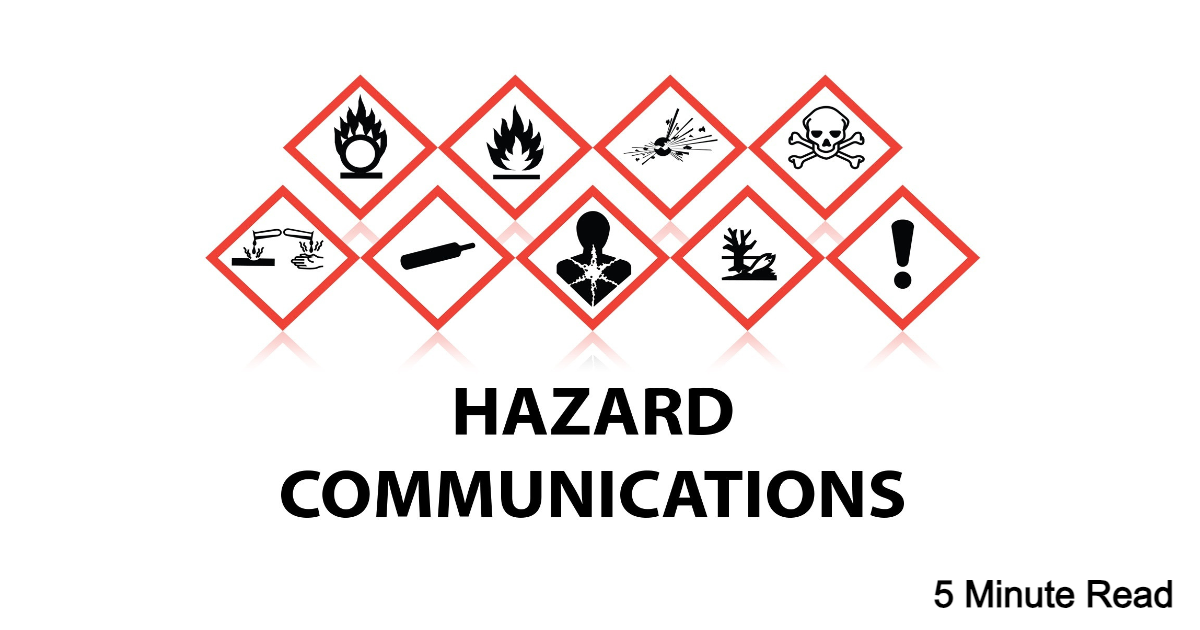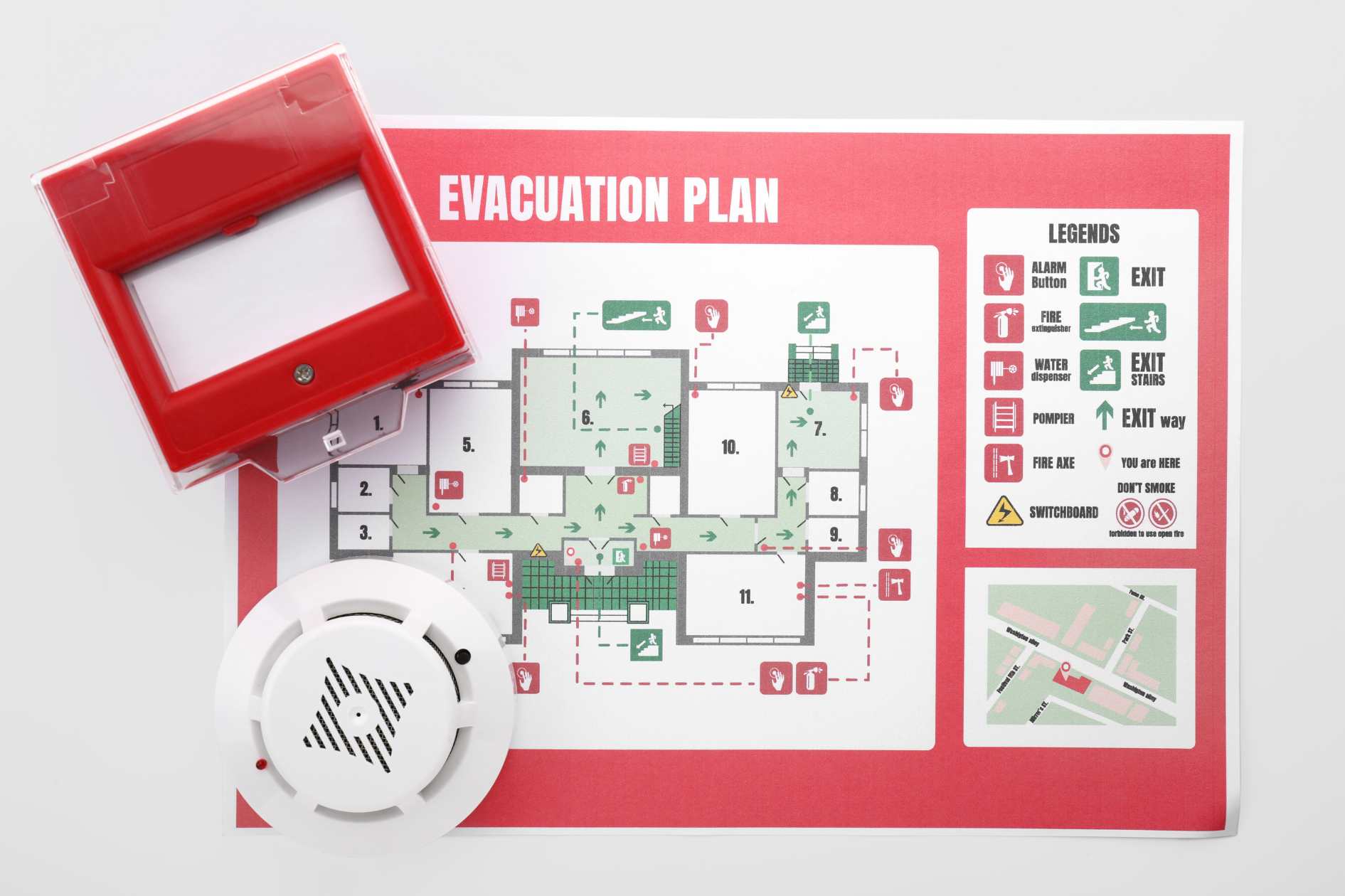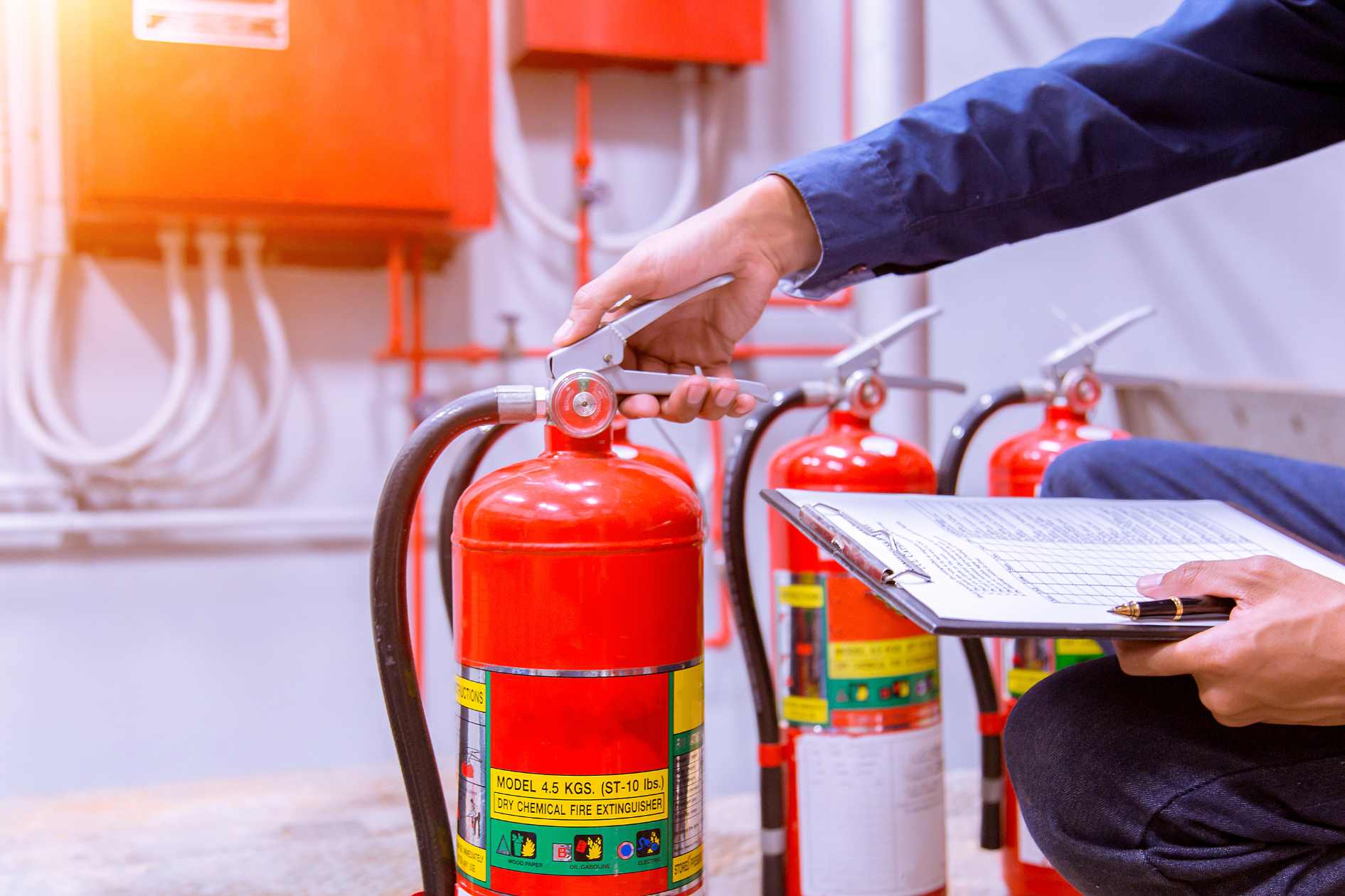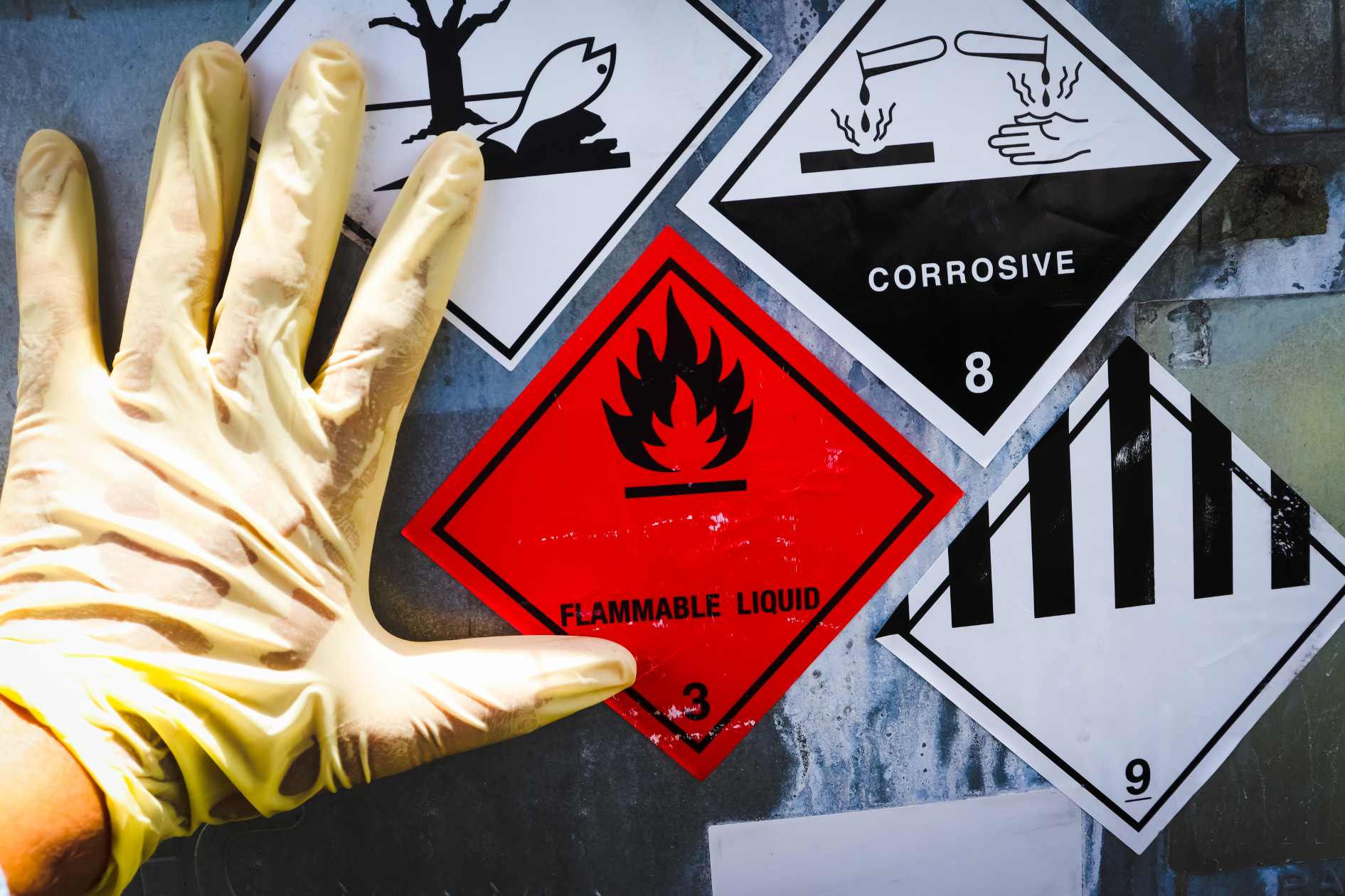Why Hazard Communication is Critical in the Workplace: An In-Depth Look
We’ve all heard the phrase, “Knowledge is power”. It couldn’t be more accurate when it comes to hazard communication in the workplace, especially in industries like construction and chemicals, where hazardous substances are part and parcel of everyday operations.
Knowing about potential risks and how to mitigate them could mean the difference between a safe, productive workday and a catastrophic event.
So, what exactly is it, and why is it so crucial?
Let’s delve into these questions and uncover how getting certified through trusted platforms like Coggno can help to protect you and your colleagues from harm.
Check out – Hazardous Waste Management Plan
Understanding Hazard Communication
Hazard communication is about conveying the risks associated with specific chemicals or substances in the workplace. It takes on an even more significant role in industries like construction or chemicals, where the likelihood of encountering such substances is high.
Hazardous chemicals are common in construction sites, from solvents and paints to adhesives and heavy metals. Similarly, the chemical industry deals with many substances that can pose a threat if mishandled.
The role of hazard communication, in this case, is to:
- Ensure that employees are aware of these risks;
- The precautions they need to take;
- What to do if an accident occurs.
But how do you ensure everyone is on the same page about this? The answer lies in comprehensive hazard communication training.
Buy Now: Health Hazards in Construction, Parts 1-5 (Spanish) | Training Courses | Safety | Coggno.com LMS
Creating a Safer Workplace: Why Hazard Communication Matters
Hazard communication is about creating a culture of safety in the workplace where everyone is aware of potential risks and knows how to handle them. It’s also about ensuring that every worker returns home safe and sound at the end of the day.
Whether in the construction sector, the chemical industry, or any other field dealing with hazardous materials, understanding it is non-negotiable.
The Importance of Hazard Communication Training
Hazard communication training equips employees with the knowledge they need to work safely around hazardous chemicals. It includes:
- Understanding the types of risks present;
- Knowing how to read safety labels and data sheets;
- Familiarizing oneself with the correct usage and handling procedures.
Furthermore, by undergoing such training, you demonstrate to your current and future employers your commitment to maintaining a safe and productive workplace. You’re not just another employee—you’re a responsible and educated professional who values the well-being of the whole team.
Click here to explore our wide range of courses and choose the one that best suits your needs.
How Does A Hazard Communication Program Help?
A well-implemented hazard communication program does more than tick a compliance box. It plays a vital role in maintaining a safe work environment, especially in industries that deal with hazardous chemicals regularly.
A robust communication program helps to:
- Identify potential hazards in the workplace.
- Train employees on how to handle these hazards safely.
- Establish a protocol for dealing with accidents and emergencies.
Furthermore, a communication program is not a one-and-done deal. It requires ongoing efforts, including regular training updates, safety drills, and continuous monitoring to ensure compliance.
Don’t wait for an accident to happen; start your training now!
The Role of Hazard Communication Certification Courses
When it comes to dealing with hazardous chemicals, knowledge and preparedness are paramount. It is where hazard communication certification courses come into play. These courses provide comprehensive training on understanding, handling, and managing hazardous substances safely and efficiently.
Buy Now – Accident Investigation Online Training
Investing time and resources in obtaining a certification can have far-reaching benefits. It provides you with:
- An in-depth understanding of hazardous materials;
- Their potential impacts;
- The best practices for handling them.
Such certification can significantly reduce the risk of accidents and improve overall safety in your workplace.
Ready to take the first step? Enroll in a course today!
Spotlight on Coggno’s Courses
Coggno’s hazard communication courses are designed with the learner in mind. They offer a variety of courses, each tailored to specific needs, whether you’re in the construction industry, the chemical sector, or any other field dealing with hazardous chemicals.
The courses cover a broad spectrum of topics, from understanding the nature of different hazards to learning how to read and interpret safety data sheets effectively.
What makes Coggno stand out is its interactive and engaging course content. They are designed to ensure you gain knowledge and apply it effectively in real-world scenarios.
Furthermore, our courses cover essential topics such as:
- Understanding the Globally Harmonized System (GHS),
- Interpreting safety data sheets;
- Implementing a hazard communication program.
As a learner, you also have access to many resources, including video tutorials, quizzes, and real-life case studies. Plus, Coggno’s courses are accredited, meaning that upon completion, you receive a certificate that attests to your proficiency in hazard communication.
Ready to upskill and create a safer workplace? Get started with the Coggno course now!

Hazard Communication – A Vital Necessity in the Modern Workplace
Hazard communication ensures that each day ends as it began—with a safe, healthy team ready to meet tomorrow’s challenges head-on.
And proper training is your gateway to achieving this safe and productive work environment.
At Coggno, we understand the risks you face and are committed to equipping you with the knowledge to meet those challenges. Our wide range of courses ensures something for everyone, regardless of your industry or role.
So be the change you wish to see in your workplace. Be the reason someone else goes home safely at the end of the day. And, above all, spread the word. Because safety isn’t just a personal responsibility, it’s a collective one. And it starts with you.








